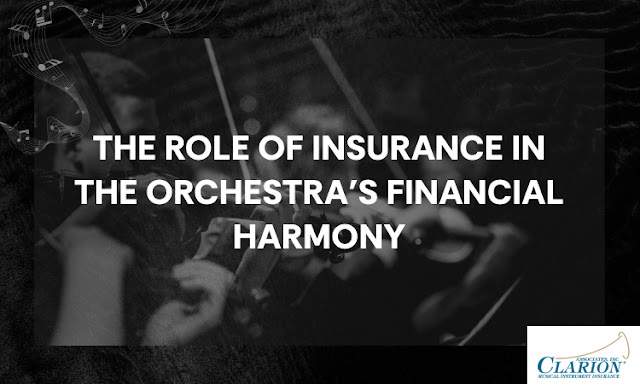Imagine owning a Steinway grand piano, a Stradivarius violin, or a heritage guitar. These are not just musical tools. They are priceless works of art, drenched in history and cultural significance, and often bearing a big price tag. Isn't it? Moreover, owning such glories means encountering various unique challenges at different times. This is especially true when protecting them with insurance. It is not as simple as just throwing a blanket over them. Jokes apart, you need a carefully thought plan to safeguard these precious musical instruments.
Accurate Valuation
Did you know where one of the primary challenges lies? Well! It is an accurate valuation. Deciding the precise value of high-value equipment can be tricky. It is a mixed bag of factors, including age, condition, provenance, and playing history. It often necessitates masterful appraisals by competent professionals, such as independent instrument dealers, auction houses, or certified appraisers specializing in musical equipment. Also, you need to ensure that these appraisals are regularly updated. It helps you find any changes in the gear's condition or market value.
Insurance Options
Coverage options also present a unique set of considerations. Standard homeowners' or renters' insurance policies may offer fixed coverage for musical instruments. That may not be enough. Therefore, it is crucial to review the policy carefully. Specialized instrument coverage policies, offered by reliable providers or as riders to existing policies, can provide a more comprehensive range of protection. These plans are more likely to provide a guard against theft, accidental damage, and general liabilities.
Security measures
Keeping your precious tool safe is essential for both protecting it and keeping your insurance costs down. Think of it like the following - the more secure your gear is, the less risk there is for your insurance provider. That is why devices like alarms, security cameras, and a sturdy and secure storage space can make a big difference. Indeed! It shows your insurer that you are careful and taking precautions. It can lead to lower premiums. And don't forget about regular health check-ups of your musical partner! Just like you would visit the doctor for routine check-ups, your gear also needs regular maintenance and proficient tune-ups. It not only keeps it exhibiting its best but also helps prevent costly repairs that could lead to claims.
Transportation Woes
Traveling with a piece of priceless musical equipment can be nerve-wracking. Whether you are heading to a concert, a recording studio, or a repair shop, the journey itself can be a threat. But there is nothing to be worried about! There are ways to keep your gear safe on the road. Professional shippers know how to handle these delicate treasures. They use special vehicles with climate control to protect your device from temperature changes. Furthermore, they pack it with the utmost care using specialized materials. Not to forget, they have experienced drivers who know how to handle these precious instruments with the utmost respect and care.
Legal and Contractual Considerations
Don't underestimate the power of paperwork! When you buy high-value gear, make sure you get all the necessary documents in place. It includes papers like a certificate of authenticity and a detailed receipt. These documents are like your instrument's passport. They can be super crucial if you ever need to make a claim or resolve a dispute. And if you are lending or renting out your gear, always remember to put everything in writing without fail. A clear agreement that outlines the terms of the loan or rental, including who is responsible for instrument coverage support, can save you a lot of headaches down the lane.
Claim Process
Knowing how to file a claim is important if something unfortunate happens to your gear. If you need to file a claim with your insurance company, act fast! Let them know right away what happened and follow their instructions carefully. You will likely need to provide some documentation, such as photos of the damage, repair estimates, and maybe even a police report if the instrument was stolen. Be prepared your insurance company is likely to do some investigation to make sure everything is legit and determine how much they will cover. Be patient and cooperative throughout the process.



















